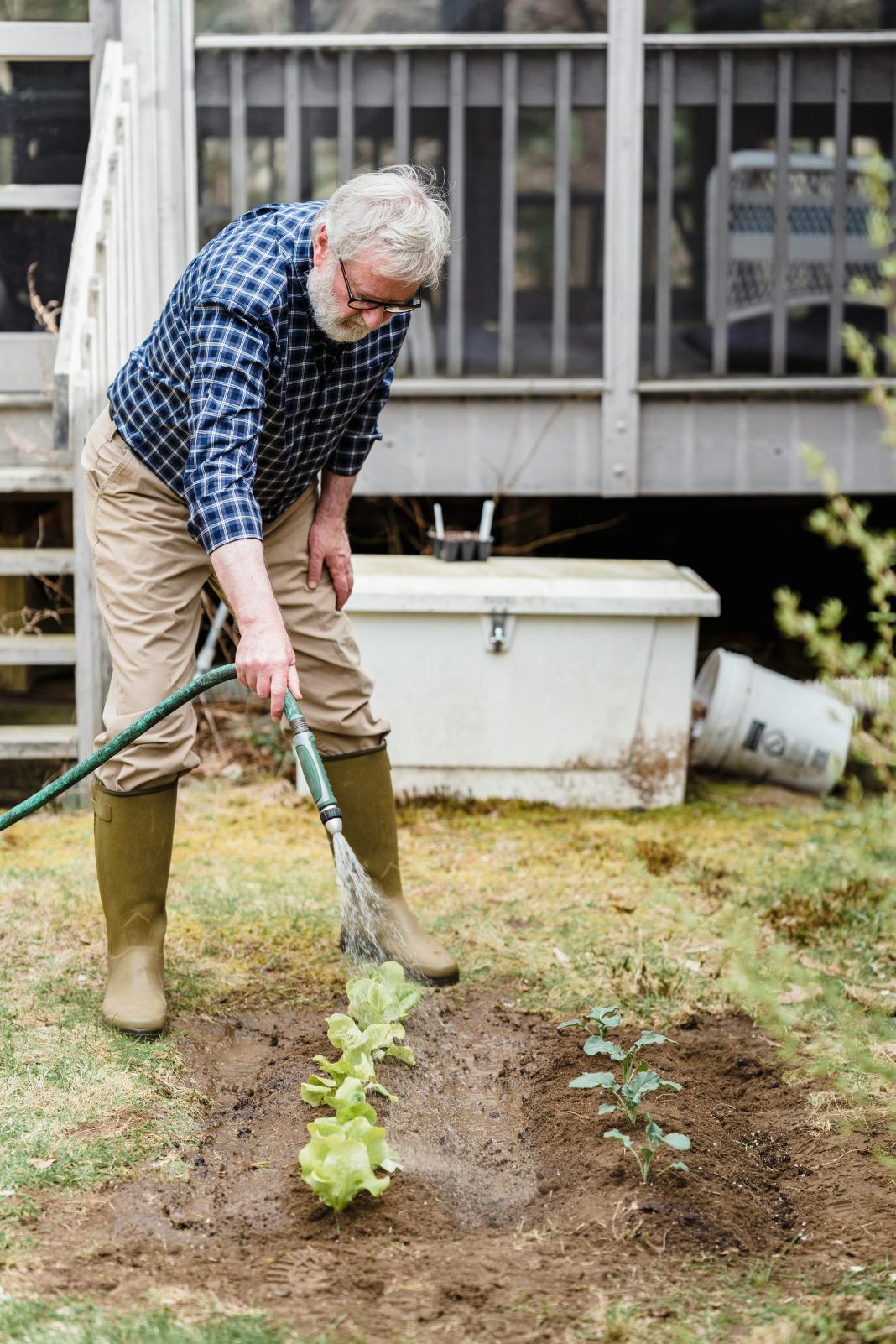
Whether you use your garden as a relaxing sanctuary full of flowers, a tropical haven of exotic plants, or a productive patch of veggies and fruit, you’ll need garden beds. Digging beds straight into the ground may seem like the quickest way to get started, but there are lots of different techniques, and ways to build beds that better suit your soil, crops, and even your physical abilities. Building beds may seem daunting but most are actually quite simple, and with this guide, you will be able to choose the best style for your garden. So, whatever the shape and size of your garden, and the crops you want to grow, here’s what you need to know about building garden beds.
In-ground beds
The simplest way to get started with your garden is to stick your spade into the earth and start digging. And that’s a major plus point about in-ground beds – you don’t need any materials or equipment to get them going. In-ground beds are just dug straight into the ground, and are usually level with the soil, although they may be bordered or edged.
They also make it easy to expand and design your garden, which isn’t as simple when you’ve built a structure such as a raised bed. The one thing you need for in-ground beds is good soil. If you have healthy soil it is pretty easy to dig over and plant, and you’ll be making use of rich nutrients and water that already exist. Poor soil means you’ll probably have to go back to the drawing board and consider another option. In-ground beds are not a good idea for those with back issues or mobility problems, as they require a fair bit of bending down to access soil and roots.
Raised beds
If your soil is unhealthy, rocky, or sandy, raised beds are probably a better option than in-ground beds. They are also easier on the back, as less bending is required. Raised beds are usually built between 1 and 3 feet high, depending on the crops growing in them. They are almost always built from wood, so you’ll need to plan the size of the beds in order to work out how much material you’ll need. Wood will need to be sourced – many gardeners prefer to salvage wood if they can find it in suitable quantities. Others simply purchase the appropriate amount from a store.
Raised beds have many other advantages – you shouldn’t have to do any weeding at least for one season. If you have a base for your raised beds you may not have to do any at all. They can give your space an organised feel, and can be worked into the overall design of the garden. Some even convert the sides of their raised beds into benches, for easier access to the soil, or for resting. Raised beds are much more easily accessible for those with mobility problems.
Mobile beds
There are many reasons for opting for a mobile bed. Many people rent their homes, and a garden requires a long-term commitment. It seems kind of pointless to put blood, sweat and tears into planting out a beautiful flower bed if you’ll have to up sticks and leave. Another good reason is if you have a garden with limited sunlight – being able to shift the plants or flowers into the sunshine to make sure they can thrive is also a plus point.
Many mobile beds are simply lightweight structures that can be moved about easily, but many gardeners love to get creative with them. A wagon or a barrow can be used, but it’s more fun to build some sort of receptacle and attach some salvaged wheels. You’ll find inspiration and ideas all over the internet. The advantages and disadvantages are pretty clear – while they are convenient for temporary accommodation, they limit the kinds of plants and flowers you can grow in them.
Containers
While containers share some characteristics with raised beds, the principal difference is that they have a base. A container garden is a versatile one, not least because containers come in all shapes and sizes, and can be adapted to pretty much any plant. They also have some of the benefits of mobile gardens, in that they are less permanent, and can be moved around (depending on the size and weight, of course).
You’ll need to buy soil for them, and drill holes in the bottom of the container to allow water to pass through. They can be placed on asphalt or other non-growing surfaces, making them a perfect solution for those without much space, in a rented house, or without the time/means/energy to dig and plant.
Garden beds suit different gardens and different gardeners. So before you sow any seeds, take a little time to consider the best bed option for you – it’s one of the keys to a productive garden.









